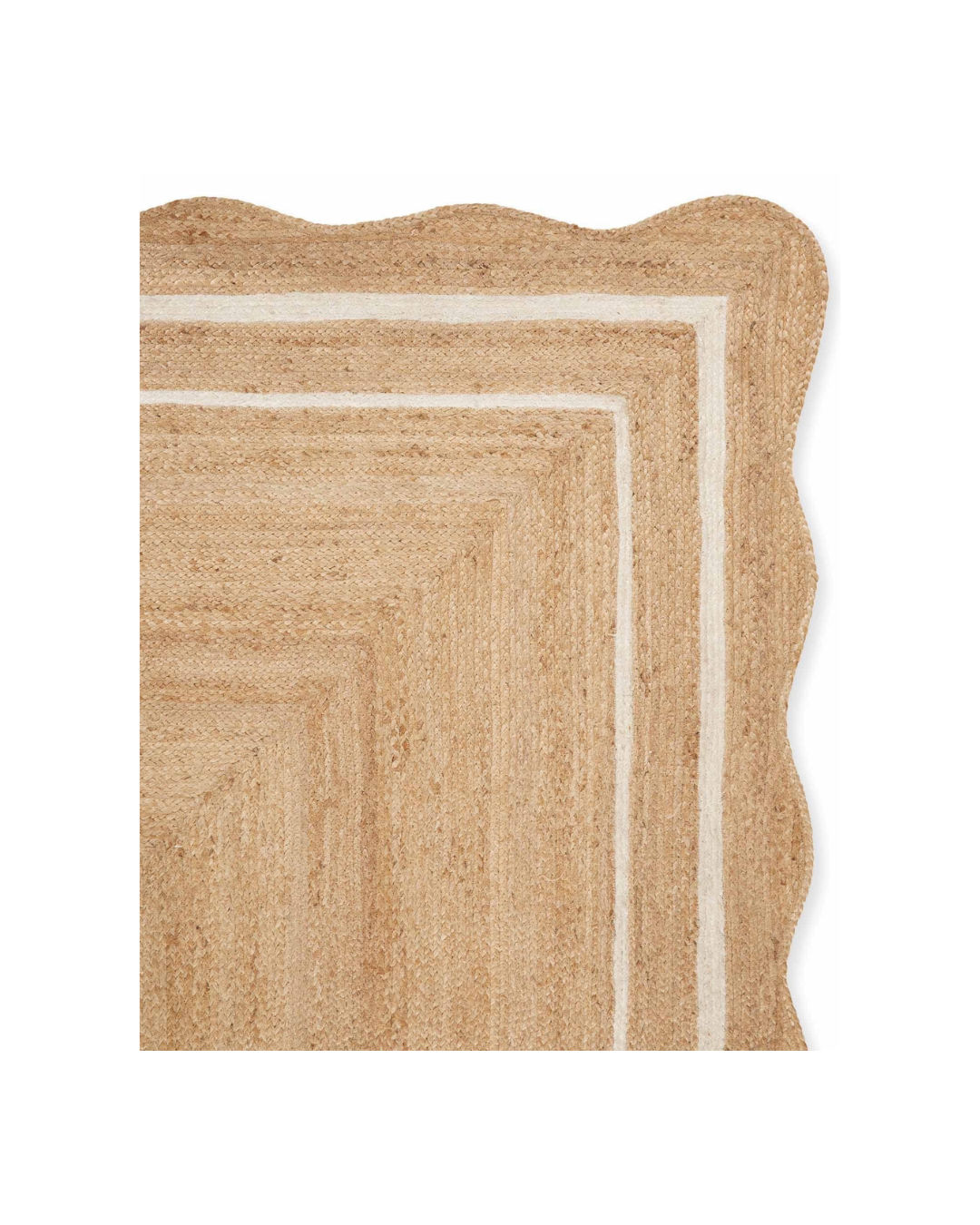How-To Guide: Buying Rugs
A correctly sized rug has the power to effortlessly tie a room together, while an incorrectly sized run can throw off the room’s entire aesthetic. In addition to the rug size, the pattern, color, and material contribute to a room's overall look and feel. If you’re looking for the perfect rug for your space, read on for everything you need to know about selecting a new rug.
Click images below to shop
The rug’s function
When you’re buying a rug, the first consideration should be the function. Is it a high-traffic space frequently used by children and pets? Or is it in an infrequently used area and meant to serve as a decorative piece? Perhaps you want to lay on the ground comfortably, and you need an extra-plush rug with a high pile. Understanding the rug's purpose and the room will help guide your decision in shape, style, material and pile height. Using painter's tape will give you the most accurate idea for the correct size. Or, you can take the size of the entire room and subtract one to two feet from the overall measurements.
Sizing the rug
A properly sized rug can be transformative for a room. A rug that fits just right — not too big or small — will anchor the space and make it feel complete. Allow for approximately 12-18 inches between the rug and the wall.
Living room: The front legs of your living room furniture should remain on the rug. If the furniture is floating, all four legs should fit on the rug
Dining room: In a dining room, you should be able to push the chair out and have all four legs remain on the rug.
Bedroom: If you have the space, the rug should fit under the entire bed and nightstands, with enough space to stand on. If the room is smaller, the rug should cover ⅓ of the bed, or you can also use two smaller rugs on either side of the bed.
Rug materials
Rugs come in many different materials. The material of the rug is crucial to its function and aesthetic. Below are the most common categories of rug materials.
Natural fiber rugs: Sisal, jute, wool and cotton rugs are considered natural fiber. They are durable and long-lasting but also usually require professional cleaning. While silk is considered a natural fiber rug, it’s a delicate material and can be ruined if you spill water.
Wool rugs: Often the most expensive option, wool is also extremely durable and long-lasting.
Synthetic fiber rugs: Polypropylene, acrylic and polyester rugs are considered synthetic fiber. These rugs are easy to clean and are often stain-resistant. However, these rugs are not long-lasting.
Artificial silk rugs: Viscose, banana silk and bamboo silk are considered artificial silk rugs. The busy patterns can conceal dirt; however, they are highly absorbent.
Rug pile
The rug pile indicates the thickness and how soft it will be underfoot. Low-pile rugs have shorter fibers and are great for high-traffic areas. A high-pile rug has looser, taller fibers, and its plushness makes it a better fit for bedrooms or living rooms.
With the right rug underfoot, your room will feel and look complete. Whether you prefer a plush place to lounge or a beautiful anchor for your space, the correct rug will tie the area together.
If you’re looking to find the perfect rug for your space, but don’t know where to start, let’s work together. Learn more about different home design packages here.
This post contains affiliate links. If you purchase something using these links, I may earn a commission - there is no cost to you.














